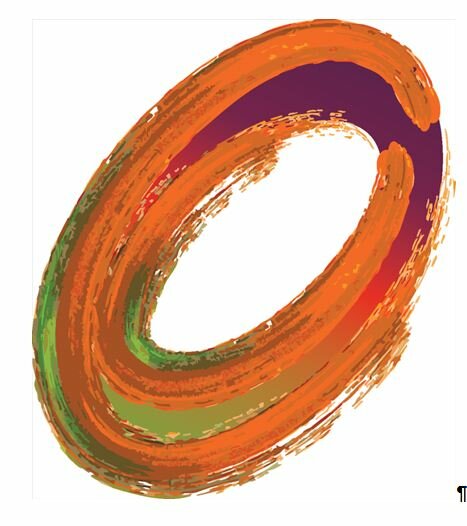
China-U.S. Trade Law
China Challenges US Continuation Of Practice Inflating Dumping Margins Through Zeroing Almost A Decade After The WTO Struck That Practice Down

The United States apparently recognizes that China likely will succeed in its challenge. The two countries agreed to procedures to accelerate the panel process in which the United States agreed not to contest China's claim that the measures identified in the Panel Request are inconsistent with Article 2.4.2 of the Anti-Dumping Agreement, on the grounds stated in United States - Final Dumping Determination on Softwood Lumber from Canada.
 Commerce computes a company’s dumping margin in an original investigation by calculating a weighted average U.S. price and Normal Value for each model of the investigated product, then comparing the two to create model specific dumping margins. Commerce subsequently weight-averages all of those product-specific margins to calculate a single dumping margin for the company. However, before performing this last calculation, Commerce resets all “negative” margins (i.e., cases in which the U.S. Price was higher than the Normal Value) to zero. This practice of “zeroing” results in higher dumping margins than would occur had Commerce calculated a true weighted-average. In some cases, it results in a dumping order being imposed on a company when overall that company was not dumping and no dumping margin otherwise could have been found.
Commerce computes a company’s dumping margin in an original investigation by calculating a weighted average U.S. price and Normal Value for each model of the investigated product, then comparing the two to create model specific dumping margins. Commerce subsequently weight-averages all of those product-specific margins to calculate a single dumping margin for the company. However, before performing this last calculation, Commerce resets all “negative” margins (i.e., cases in which the U.S. Price was higher than the Normal Value) to zero. This practice of “zeroing” results in higher dumping margins than would occur had Commerce calculated a true weighted-average. In some cases, it results in a dumping order being imposed on a company when overall that company was not dumping and no dumping margin otherwise could have been found.
The WTO Appellate Body repeatedly and consistently has condemned the U.S. practice of zeroing beginning in 2004 with cases brought by the European Union involving 15 anti-dumping investigations and Canada involving softwood lumber. In those cases, the United States came into compliance for the specific investigation by making a new determination without the use of zeroing. However, until 2006 the United States refused to change its practices for subsequent and future investigations and systematically limited the application even in the immediate cases (limiting them to investigations instead of administrative reviews, for example). Thus, the United States continued to zero and the affected countries were required to bring a fresh WTO challenge in each case and even in each phase of each case. Worse, unless the amended final determination resulted in a finding of “no dumping” (as opposed to a lower dumping margin), Commerce would use zeroing to calculate the actual dumping duties to be imposed in subsequent administrative reviews. (Under the U.S. retrospective assessment system, the original investigation only sets a rate for cash deposits of estimated duties; the amount of actual duties collected is determined after importation in separate annual administrative reviews.)
In December 2006 Commerce changed its practice for new antidumping investigations initiated after that date and no longer zeros in original investigations. However, it did not go back to undo zeroing in investigations initiated prior to that date. Thus, China had to bring another WTO challenge for warm water shrimp and diamond saw blades notwithstanding nearly a decade of rulings. Moreover, Commerce continued to zero in subsequent administrative reviews, notwithstanding several WTO Appellate Body rulings that zeroing in administrative reviews is no more consistent with WTO obligations than zeroing in original investigations. Thus, even after China succeeds in its WTO challenge in these two cases, eliminating zeroing would help the companies involved only if the elimination of zeroing were to result in a finding of “no dumping” and a revocation of the antidumping order for that company. Were the new calculation to result only in a lower dumping margin, the order would be continued and the actual duty assessment would be determined in the administrative reviews in which Commerce could continue to zero. Surprisingly and without explanation, although China included subsequent administrative reviews and the recent sunset review in its request for WTO consultations with the United States earlier this year, it did not include those reviews in its request for a WTO dispute resolution panel.

http://chinaustradelawblog.com/admin/trackback/265152
Washington Square, Suite 1100
1050 Connecticut Avenue, NW
Fax: